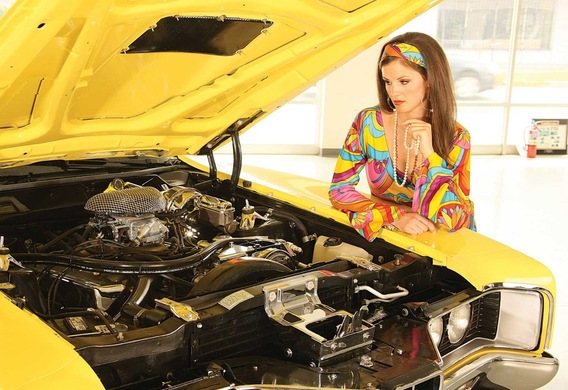
With this situation, sooner or later any motorist collide: turn on the key in the ignition-and zero reaction. The engine doesn't start, the car won't start. There can be many reasons why the car does not start. Only the specialist will be able to make a final diagnosis of your car, but you can run preliminary diagnostics on your own.
It is clear that the obvious causes of the gasoline type are not taken into account!
Electronic problems
Battery pack. This is perhaps the most common reason why the car does not start. If the starter does not work at all or is barely showing signs of life, it is in the CCM. It happens that the battery charge does not even cover the burning of the dashboard light. The most accurate way to make sure that it is in the battery pack is to check the power of the battery with a tester. After you've confirmed that you have two exits, you can have a car with a pusher or "light" it from another car.
Problems with battery terminals. The simplest problem is the battery pack that has been taken, it just needs to be put down and try to start the car again. In addition, the contact may be disturbed by contamination or corrosion, in which case the terminals should be cleaned with a metal brush.
Fuses are a problem. On some models, the fuse may disrupt the ignition system, so if the machine does not start, check the circuit breakers ' integrity.
Problems with the ignition switch. This problem may have two symptoms: the dashboard lights are either not in the first position of the key, or they will not be extinguish; when the key is later turned on.
There's a problem with the starter contacts. Inspect the starter for possible traces of corrosion or damage.
Ignition coil problems
There are times when the starter's spinning, and the engine doesn't start. In such a case, we should proceed with the test of the ignition coil. The ignition resistance of the coil should be measured with a multimeter.
Spark plugs are damaged or damaged. Carefully inspect the steel wire if there are cracks or shines, the engine may not be started for that reason.
Under the cover of the ignition control. If the vehicle is wet, condensation is often condensation under the lid of the ignition control unit. Lift the cover and, if necessary, wipe it with a clean dry cloth.
Fuel system problems
Finally, another potential source of problems is the fuel system. It will be much more difficult to verify that it is working, and this may require the assistance of a specialist.
Contact problems. There are many kinds of electrical connections in the fuel injection system, and any one of them can be a source of problems. Experienced bus owners advise you to check the reliability of each connection that you can find under the hood. You might be able to find a bad one.
Fuel pump problem. Only a specialist can perform a full test of their efficiency. It is only possible to check the serviceability of the fuse of the fuel pump and to listen to its work. If the fuel pump is buzying, then it's not the problem.
Fuel filter hit. The fuel filter of any car needs to be replaced regularly (every 10 to 20,000 kilometers, depending on the car). If you have not changed a long time ago, you should consider replacing.
If none of the above checks result in the result, then the cause is deeper. To understand why the car does not start, it is better to turn to the service.







